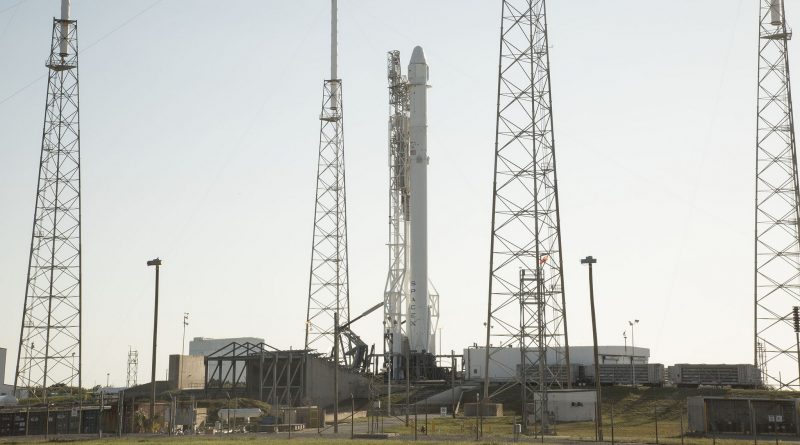Dragon SpX-8: Falcon 9 Countdown, Launch & Landing Sequence
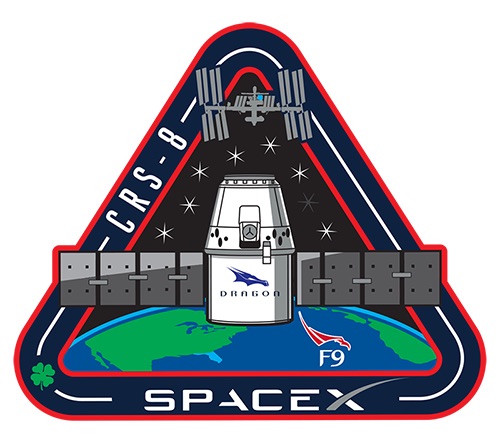
A SpaceX Falcon 9 Rocket is counting down to an afternoon liftoff from Florida’s Space Coast at 4:43 p.m. on Friday, 20:43 UTC to mark the return of the Dragon Spacecraft to the International Space Station after a stand-down of eight months.
Lifting off from Space Launch Complex 40, Falcon 9 will be tasked with a ten-and-a-half-minute climb to orbit to send Dragon on its way while the first stage booster will be attempting another attempt to land on SpaceX’s Autonomous Spaceport Drone Ship to finally achieve a successful recovery at sea.
Standing 65 meters tall atop its launch pad at Space Launch Complex 40, a former Titan launch site, the Falcon 9 rocket is powered up ten hours ahead of the expected T-0 time to head into its lengthy countdown. After detailed checkouts of the rocket and all ground systems, teams will make the final hands-on work to put all facilities at the pad in the appropriate configuration for launch. With around four hours to liftoff, Air Force Range Controllers will take up station at the Morrell Operations Center to begin monitoring the clearance of the launch corridor.
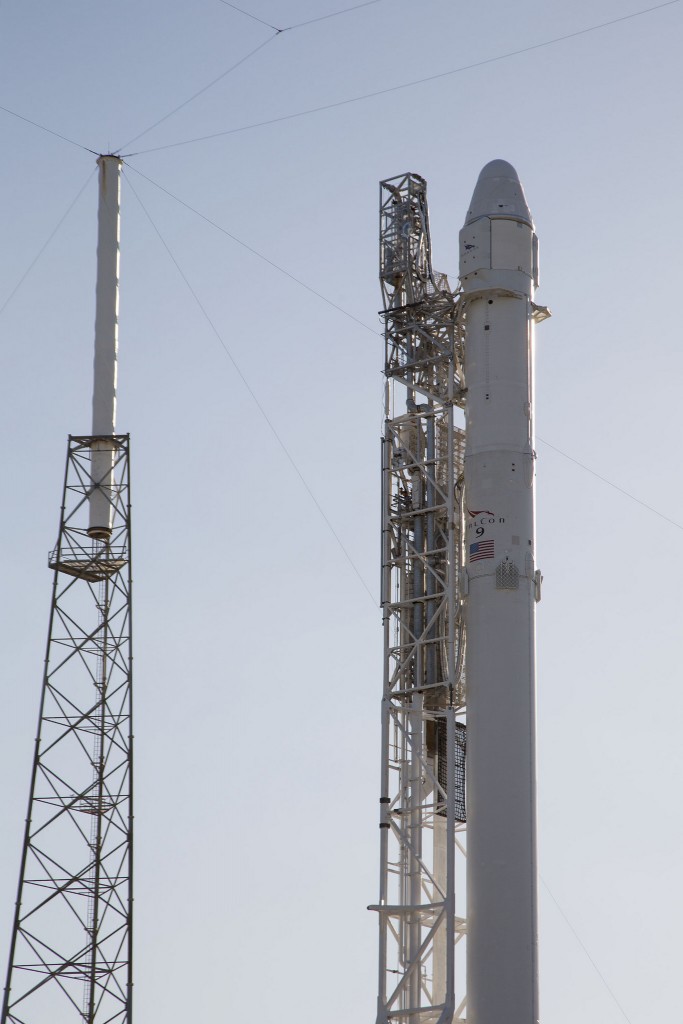
Once fully checked out, Falcon 9 begins its tanking sequence that – owed to the use of densified propellants – is much more complex than that for previous launchers. The tanks of the two-stage rocket will be chilled down before propellants start flowing, beginning with Kerosene loading that is followed by the initiation of LOX flow into both stages at T-35 minutes. Due to the use of sub-cooled propellants, SpaceX has to ensure that the tanks remain in a predictable condition at liftoff with the desired mass of propellant on board with minimal thermal and density gradients.
To make sure propellants inside the tanks remain at liftoff mass, SpaceX implements a new rapid propellant loading sequence, filling the Falcon 9 with over 500 metric tons of LOX and RP-1 in less than half an hour – no small feat as shown by the issues encountered in the run-up to the first Falcon 9 FT launch in December that required teams to implement a number of modification to perfect the LOX loading operation.
The SpaceX Launch Team will go through the poll for a GO/No GO for propellant loading at T-38 minutes followed by the initiation of propellant flow between 35 and 32 minutes prior to the planned T-0 time.
In the last hour of the countdown, Falcon 9 receives its updated flight software including the parameters for its landing attempt. The Dragon spacecraft will be verified to be on internal power and in flight mode before Falcon 9 heads into the Automated Countdown Sequence during which the final polls of the Launch Director and Eastern Range will occur.
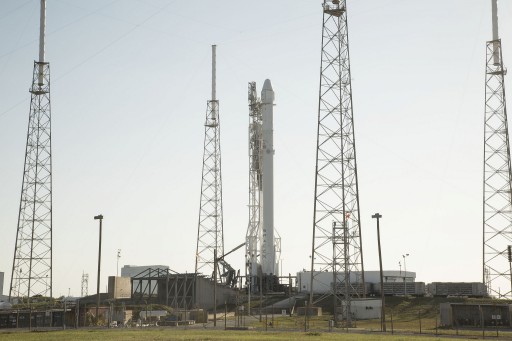
The last ten minutes of the countdown are handled by computers, putting the launch vehicle and ground systems through thousands of steps to transition the Falcon 9 to its autonomous launch configuration. At T-9 minutes, the Merlin 1D engines on the first stage will begin their chilldown sequence by opening LOX pre and bleed valves; at T-6 minutes, Falcon 9 switches to battery power and begins the pressurization of its tanks. The two Strongback cradles will open and the large support structure will retract to its launch position four and a half minutes before blastoff. A final Status Check occurs at T-2.5 minutes and Falcon’s flight computers switch to auto alignment. Commodity loading ends at T-90 seconds followed by the start-up of the flight computer at T-1 minute.
Three seconds ahead of liftoff, the nine Merlin 1D engines will be ignited using a pyrophoric mixture that initiates the combustion process before propellants are injected into the engines that will each soar up to a total thrust of 735 Kilonewtons. Computers will monitor the start-up of the engines to ensure a total liftoff thrust of 694 metric ton-force is achieved before Falcon 9 is committed to launch.
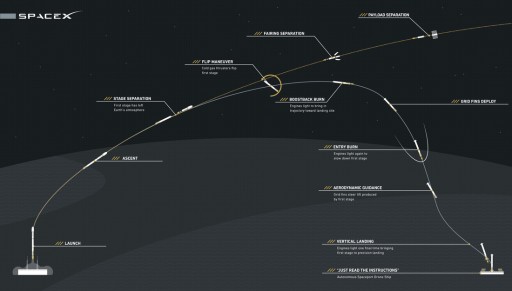
Rising from its pad under the loud thunder of its nine engines, Falcon 9 will climb vertically for around 20 seconds, clearing the tower. Starting its pitch and roll maneuver, Falcon 9 will begin heading to the north-east, departing the Space Coast for a quick flight over the Atlantic. Heading uphill, Falcon 9 will break the sound barrier about 65 seconds into the flight and encounter Maximum Dynamic Pressure around 71 seconds after liftoff.
Passing the T+2 minute mark, Falcon 9 will enter its throttle segment, beginning a gradual reduction of thrust on the first stage to limit stress on the vehicle as it gets lighter and lighter, approaching Main Engine Cutoff. MECO is expected two minutes and 30 seconds into the mission, leaving the first stage with a sufficient reserve in propellant for its adventurous return to Earth. Four seconds after engine shutdown, the pneumatic stage separation system will be initiated to cut the connection between the two stages and push the first stage away to clear the way for the ignition of the MVac engine on the second stage.
Coming to life, the upgraded MVac engine of the second stage will soar to a thrust of 95 metric-ton-force to fire for around seven minutes to push the stack into orbit. Flying across the Atlantic Ocean, the second stage will head into terminal guidance mode late in its burn and safe its Flight Termination System when approaching cutoff a little over nine minutes into the flight.
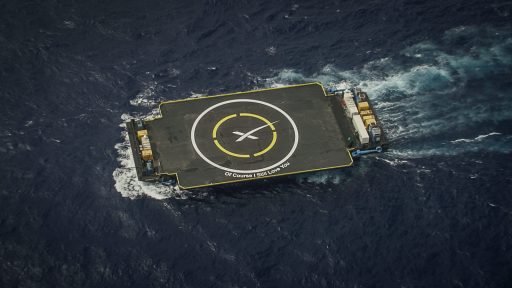
Dragon separation is expected at T+10 minutes and 30 seconds. No target orbit was given ahead of Friday’s launch – previous Dragon missions aimed for orbits around 200 x 360 Kilometers, 51.6°.
With the second stage on its way, the first stage booster will begin its ambitious secondary mission that – although not part of the primary mission – will likely be the main focus of the day. Heading to the drone ship from an altitude over 80 Kilometers and a speed of around Mach 5 will require the first stage to go through three propulsive maneuvers and precise guidance using its grid fins to find the way to the tiny landing pad in the middle of the ocean, 300 Kilometers north-east of Cape Canaveral.
Immediately after stage separation, the first stage booster will fire up its Nitrogen Cold Gas Thrusters for a pitch-over – maneuvering out of the second stage plume and flipping by 180 degrees to point its engines to the direction of travel. Ignition of a subset of the stage’s Merlin 1D engines comes shortly thereafter for a partial boost-back burn, limiting the downrange travel distance of the first stage.
Next, the booster deploys its four aerodynamic grid fins for atmospheric descent that is preceded by a short burn of three Merlin engines at 70 Kilometers in altitude to use the engine plume to shield the aft section of the rocket from excessive aerodynamic forces.
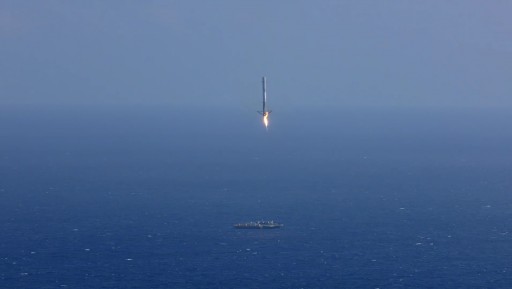
With the four grid fins deployed, Falcon 9 is set for a little over a minute of atmospheric descent during which the fins provide roll, pitch and yaw control. The fins will be used to correct the final cross-track errors as the first stage starts homing in on the exact coordinates of the drone ship. Constantly modifying its angle of attack, the first stage will precisely control its downrange distance to make sure it reaches the proper position for the landing burn to target the landing site.
Firing up its center engine just around half a minute prior to touchdown, the booster will home-in on the SpaceX logo painted on the drone ship platform, deploy its four landing legs and hopefully come to rest upright on the ASDS around 9.5 minutes after liftoff. Should the landing succeed, teams will conduct a remote survey of the booster and safe its propellant systems before engineers can return to the ASDS and secure the first stage for its return to shore.
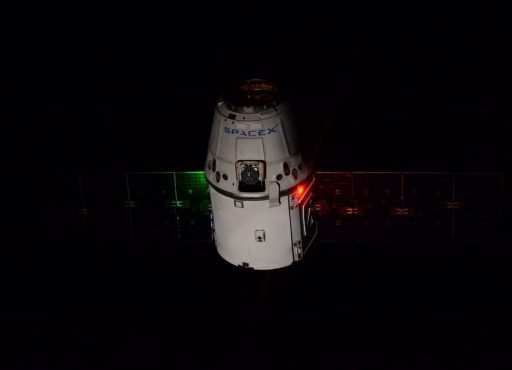
While the exciting journey of the first stage comes to an end in the middle of the Atlantic, Dragon will arrive in Low Earth Orbit. Immediately after separation of the Dragon spacecraft, the propulsion system will be primed by pressurizing its propellant tanks and beginning to pulse the Draco thrusters of the vehicle to establish a controlled attitude for the jettisoning of the solar array fairings. Once the solar array covers are gone, the two arrays will be deployed to start generating power.
Teams at SpaceX Mission Control in Hawthorne, California, will conduct a vehicle status checks to verify Dragon is in good condition and ready for on-orbit operations. Dragon also starts orbit adjustment maneuvers on Flight Day 1 to increase its orbital altitude and begin phasing to reach ISS on Sunday for a robotic capture at 11 UTC.

